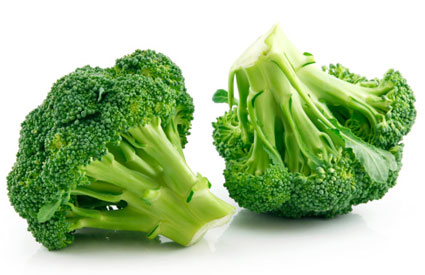Foods for Younger Looking Skin
Salmon
Rich in omega-3 fatty acids that have been found to have positive effects on inflammation, depression, heart disease and more, salmon has beauty benefits for your skin as well. Our bodies don’t have the ability to produce some essential fatty acids, so including them in your diet helps reinforce your skin’s barrier and keep moisture in and irritants out. Omega-3 fatty acids can help decrease inflammation, so salmon is a great choice for those who suffer from rosacea or eczema.
Carrots
This vegetable is orange thanks to high levels of beta carotene, which is a precursor to vitamin A (which also happens to be a form of the main active ingredient in Retin-A). This vitamin is an antioxidant has been found to decrease the skin’s oil production, and there’s also some evidence that it can improve psoriasis. You can also find vitamin A in leafy greens, squash and mangoes.
Milk
Milk is a great source of vitamin D, which plays a critical role in skin development and repair and helps destroy free radicals that cause the skin to age. Getting your daily dose of “D” from milk also means you don’t have to get it from sun exposure that causes wrinkles and increases your risk of skin cancer.
Almonds
In addition to the protein you get from snacking on almonds, you also get a big dose of vitamin E. This powerful antioxidant helps prevent signs of aging caused by free radicals and may even bolster your skin’s defense against skin cancer. Studies also suggest that vitamin E consumed orally can increase its levels on the skin’s surface, which is good news for those with dry skin.
Safflower and Sunflower Oil
Swapping out your olive oil for safflower or sunflower oil can work wonders for your skin. It still has the great taste, but it’s higher in linoleic acid. Linoleic acid helps your skin hold onto water (by helping your skin produce ceramides.) These oils are great to eat or use topically for those with dry skin.
Broccoli
If you were to only eat one vegetable (although I advise you get a wide variety), make it broccoli. It contains myriad good-for-your-skin vitamins including A (a retinoid); C, which is a fantastic antioxidant that also supports collagen production; and K, which speeds bruise healing and may even help improve dark under-eye circles.
Berries
Fruits and vegetables owe their vibrant colors to antioxidants, and berries are a wonderful source. If your diet includes blueberries, raspberries, cherries, and the like, you’ll get a range of protective antioxidants that shield your skin from free radicals.
Spices
Dark chocolate
Not only is dark chocolate a treat for your sweet tooth, it’s a treat for your skin, too. Cacao contains high levels of polyphenol antioxidants, but any old chocolate won’t do. Look for high cacao concentrations (high quality chocolates will give a % on the label) because these have less sugar, which can actually be bad for your skin.
Watermelon
Though it may sound counterintuitive, the high concentration of water in watermelon can actually reduce the water retention that leads to puffiness around the eyes. And because watermelon is low in sugar (as compared to many other fruits), you don’t have to worry about glycation, the chemical reaction that compromises collagen and leads to lines and wrinkles.
Pineapple
Pineapple contains enzymes that help break down the purple pigment in bruises. A herbal pill called Bromelain that is used to treat bruising is actually a pineapple extract that many surgeons suggest using after cosmetic surgery. If you bruise a lot, eating pineapple may make them clear sooner.
Many foods are good for your skin. Green tea, red wine, and tomatoes are other foods shown to have skin benefits. It is important to vary your diet with skin improving ingredients that have been shown to be beneficial for your skin type.
Image and Article Credit: http://health.yahoo.net/experts/skintype/photos/foods-younger-looking-skin#11












No comments:
Post a Comment